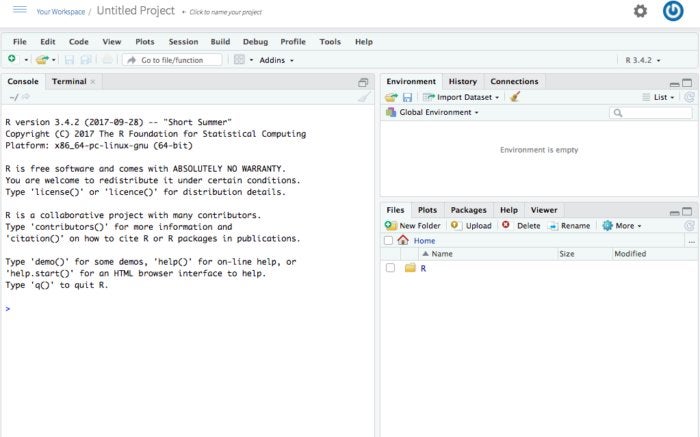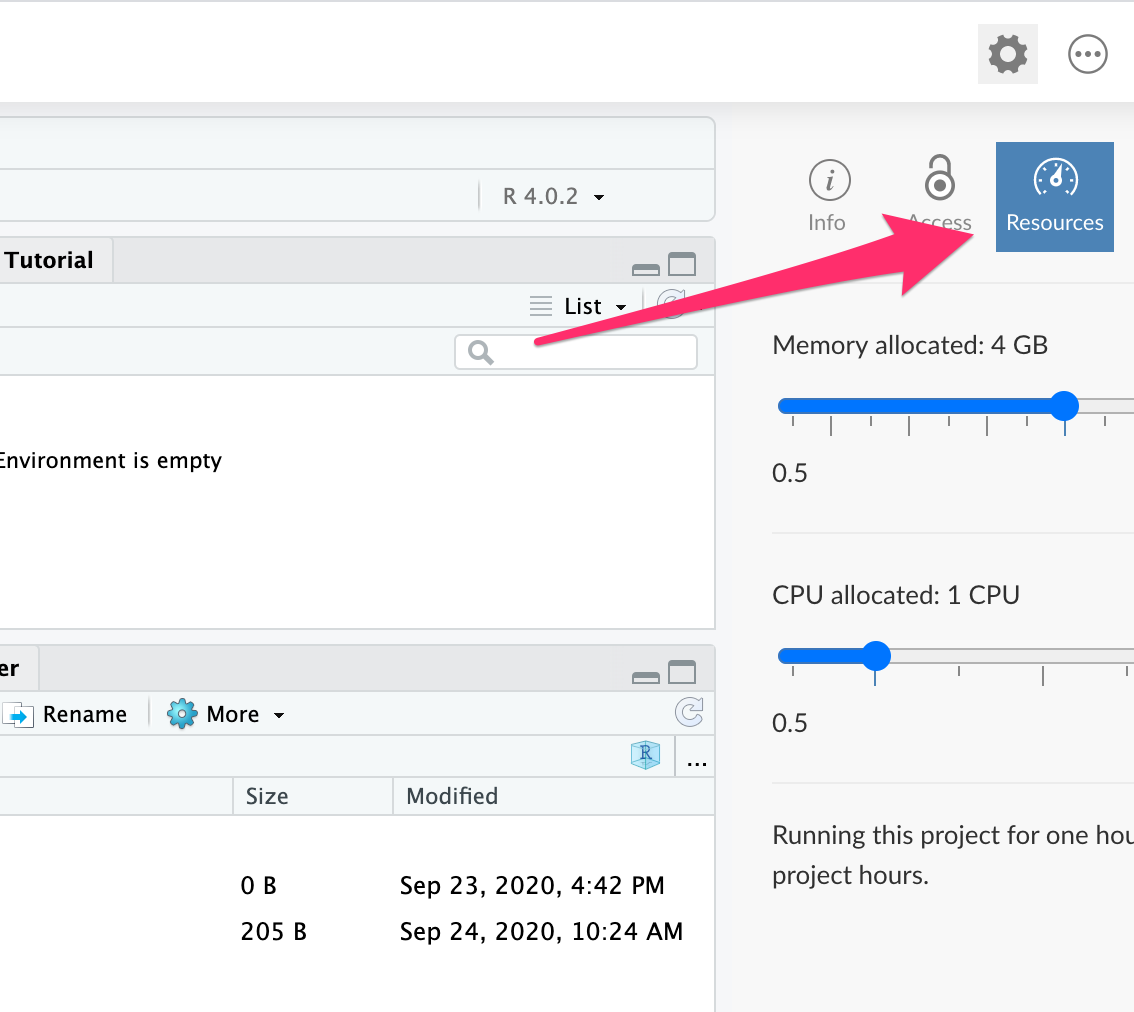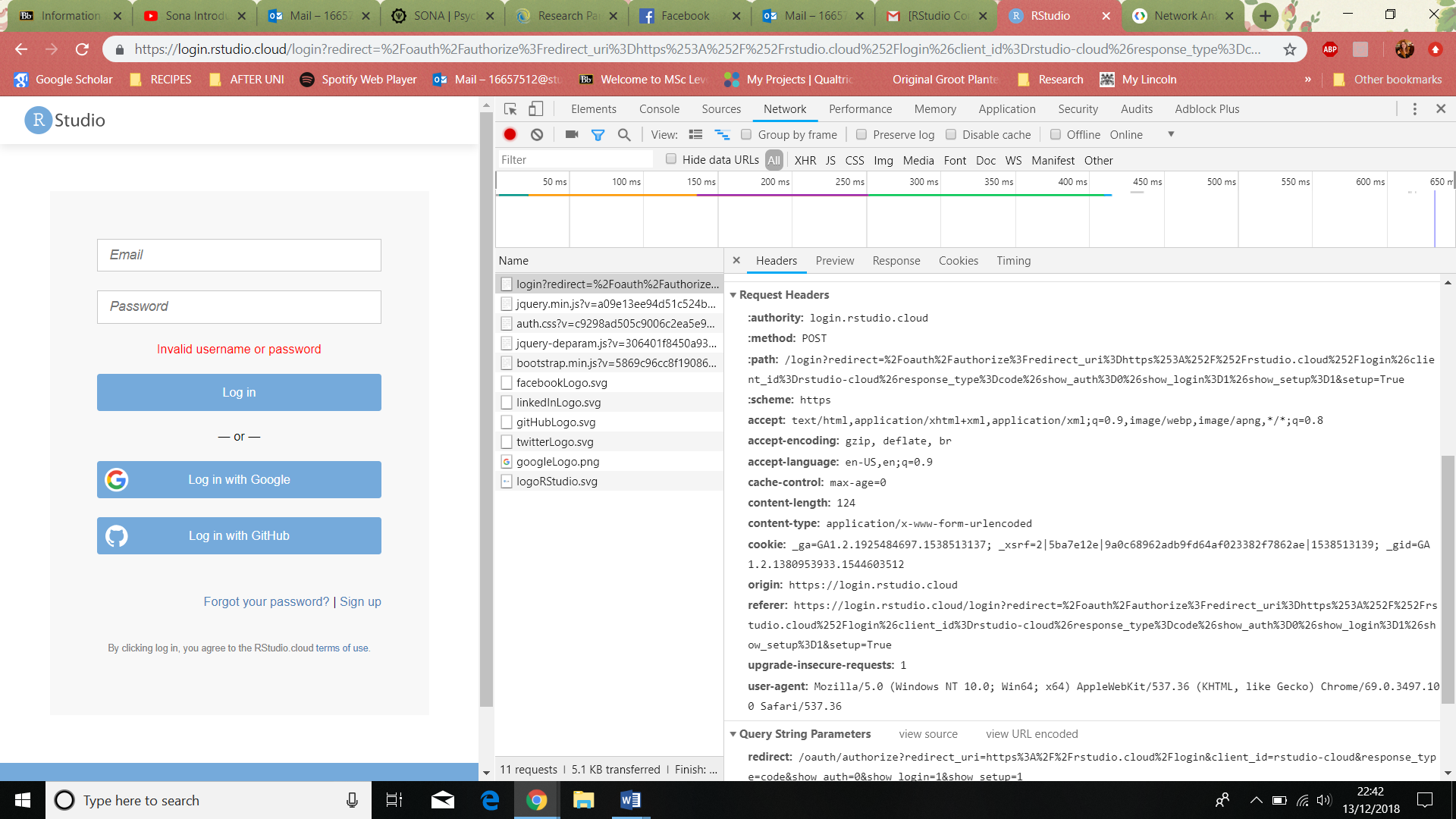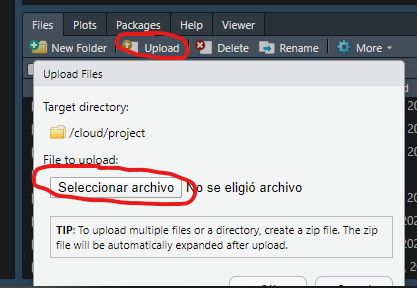

The key advantage of a VM from our perspective is that very powerful machines can be “spun up” in the cloud almost effortlessly and then deployed to tackle jobs that are beyond the capabilities of your local computer. It might even share many of the same properties, from operating system to internal architecture. It can potentially perform all and more of the operations that your physical laptop or desktop does. So, let’s take a step back and quickly clear up some terminology.Ī virtual machine (VM) is just an emulation of a computer running inside another (bigger) computer. But right now, you may well be asking yourself: “What is a virtual machine and why do I need one anyway?” There’s a lot more that we can say - and will say later - about the benefits can bring to us. GCE is a service that allows users to launch so-called virtual machines on demand in the cloud (i.e. on Google’s data centers).

The particular GCP product that we’re going to use today is Google Compute Engine ( GCE).

42 GCP offers a range of incredibly useful services - some of which we’ll cover in later lectures - and the 12-month free trial makes an ideal entry point for learning about cloud computation. 41 While there are a number of excellent cloud service providers, in this chapter we’re going to focus on Google Cloud Platform ( GCP). The easiest and cheapest way to access more computational power these days is through the cloud. The only solution beyond this point is a bigger boat more power. At some point, datasets become too big, simulations become too complex, and regressions take too damn long to run to run on your laptop.

However, there’s a limit to how far they can take you. All of these tools will help you make the most of the computational resources at your disposal. We’ve covered topics like functional programming, caching, parallel programming, and so on. Thus far in the course, we’ve spent quite a lot of time learning how to code efficiently.


 0 kommentar(er)
0 kommentar(er)
